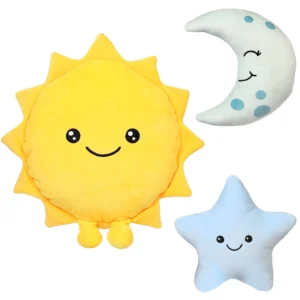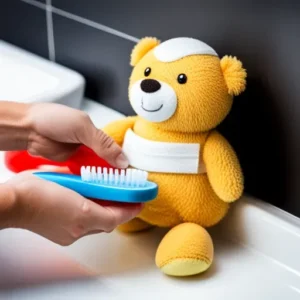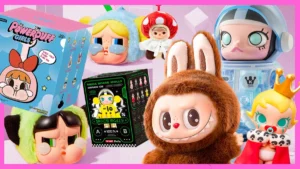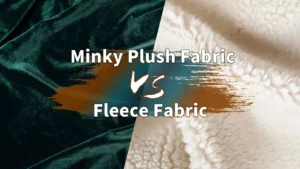An anxiety stuffed animal is a specially designed plush toy meant to provide comfort and emotional support to those experiencing stress or anxiety. These toys combine soft materials and soothing designs to help calm nerves and promote relaxation.
Anxiety stuffed animals are plush companions created with features that support emotional well-being. They help reduce stress through tactile comfort, weighted pressure, and calming textures, making them more than just toys. These products blend therapeutic functions with the familiar warmth of plush toys.
In this article, we’ll explore what makes anxiety stuffed animals unique, how they work, and why they are gaining popularity worldwide.
1.What defines an anxiety stuffed animal and its core features?

An anxiety stuffed animal is different from an ordinary plush toy because it is specifically created to help users manage anxiety symptoms. Key features include soft, comforting textures, weighted filling for deep pressure stimulation, and calming scents or sounds in some models.
These core features aim to provide sensory comfort and emotional relief, making anxiety stuffed animals effective tools for relaxation and stress reduction.
- Weighted Filling: Unlike regular stuffed animals, many anxiety plush toys contain small weighted beads or pellets. This added weight applies gentle pressure that mimics a calming hug, helping to soothe anxiety.
- Soft, Hypoallergenic Fabrics: Materials like ultra-soft polyester or plush microfiber are chosen for their gentle touch, reducing tactile irritation and promoting calm.
- Soothing Add-ons: Some anxiety plush toys include lavender sachets or calming sound modules, designed to engage multiple senses for a holistic calming effect.
| Feature | Purpose | Example Use |
|---|---|---|
| Weighted filling | Deep pressure stimulation | Helps reduce anxiety attacks |
| Soft fabrics | Comfort and tactile soothing | Encourages relaxation |
| Calming scents | Aromatherapy benefits | Enhances calmness |
| Sound modules | Auditory comfort | Soothes with gentle music |
These features work together to make anxiety stuffed animals effective comfort tools, especially for children and adults dealing with stress.
2.How do anxiety stuffed animals differ from regular plush toys?
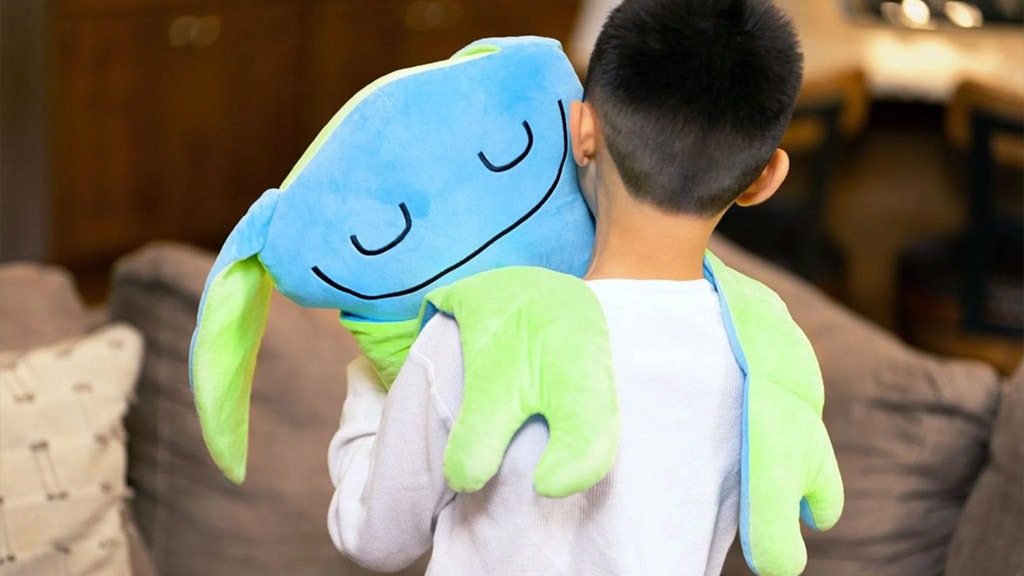
While regular plush toys primarily serve as playthings or comfort objects, anxiety stuffed animals have a therapeutic design focus. They aim to reduce anxiety symptoms and provide sensory relief.
Anxiety stuffed animals differ through added functional features such as weighted inserts, calming scents, and ergonomic shapes designed for stress relief, rather than just entertainment.
- Purpose: Regular plush toys are mainly for play or decoration. Anxiety plush toys target emotional support and stress reduction.
- Materials: Anxiety plush toys use premium, hypoallergenic, and sensory-friendly fabrics, while regular toys may use a wider variety of materials without focus on tactile comfort.
- Additional Features: Regular plush toys rarely include weighted filling or aromatherapy, while these are common in anxiety-focused products.
- User Base: Anxiety stuffed animals are designed for all ages but often cater to children, teens, and adults facing anxiety challenges.
| Aspect | Regular Plush Toy | Anxiety Stuffed Animal |
|---|---|---|
| Primary Function | Play and decoration | Emotional support and relief |
| Materials | General plush fabrics | Hypoallergenic, soft, sensory-friendly |
| Special Features | Usually none | Weighted inserts, scents, sounds |
| Target Users | Mainly children | Children and adults with anxiety |
Understanding these differences helps brands develop effective products that meet customer needs in the mental wellness market.
3.Which materials and designs optimize comfort for anxiety relief?

Comfort is critical in anxiety stuffed animals. The right materials and thoughtful designs can significantly enhance their calming effect.
Optimal materials include ultra-soft, breathable, and hypoallergenic fabrics, combined with ergonomic designs that fit comfortably in the user’s arms or hands for maximum sensory comfort.
- Fabric Types: Plush microfiber and velboa fabric are preferred for their softness and durability. Breathable cotton blends reduce overheating and skin irritation.
- Weighted Beads: High-quality, non-toxic glass or plastic beads provide even weight distribution for deep pressure therapy.
- Shape and Size: Smaller, handheld sizes are common for ease of hugging and carrying, while larger versions serve as comforting body pillows.
- Seam Quality: Strong, reinforced stitching ensures durability, preventing leakage of beads or stuffing that could pose a safety risk.
- Washability: Machine-washable materials and removable weighted inserts help maintain hygiene, important for frequent use.
| Material/Design Aspect | Benefit | Customer Consideration |
|---|---|---|
| Plush microfiber | Soft, tactile comfort | Preferred by sensitive users |
| Weighted beads | Provides calming pressure | Must be securely contained |
| Ergonomic shape | Fits comfortably in hands/arms | Enhances usability |
| Reinforced stitching | Durability | Ensures safety and longevity |
| Washable covers | Easy maintenance | Supports hygiene |
Selecting the right combination ensures anxiety stuffed animals provide lasting comfort and meet safety expectations.
4.How effective are anxiety stuffed animals in therapeutic settings?
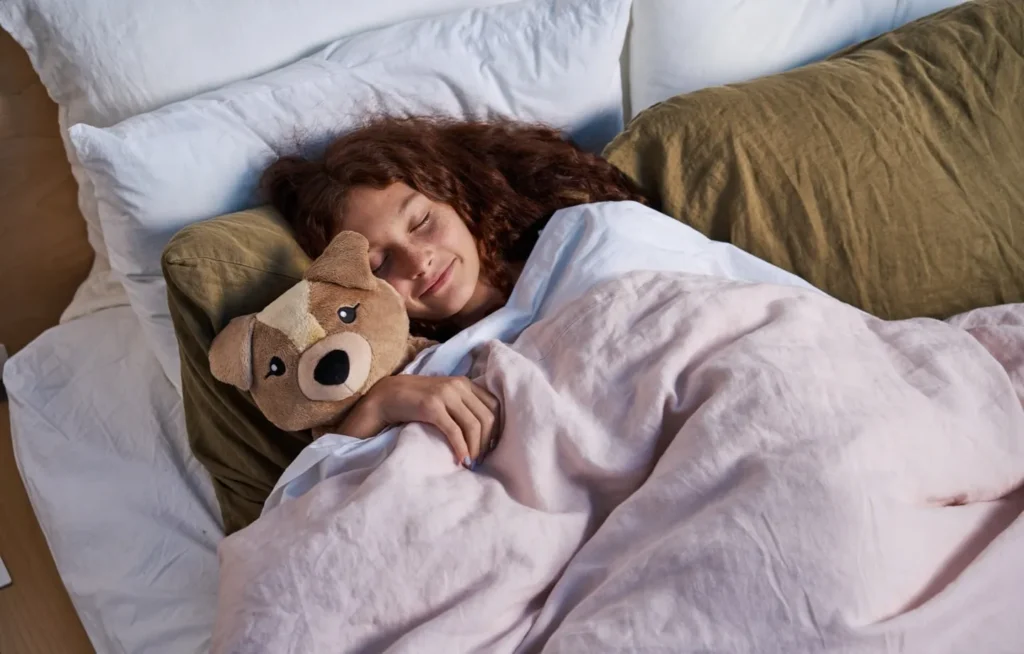
Anxiety stuffed animals are increasingly used in therapy as calming tools for children and adults with anxiety disorders or sensory processing issues.
Studies and anecdotal evidence suggest that weighted and sensory plush toys can reduce stress hormones, lower heart rate, and improve emotional regulation in therapeutic environments.
- Sensory Integration Therapy: Anxiety plush toys provide tactile and proprioceptive input, helping users regulate sensory overload.
- Emotional Comfort: The familiar feel of a stuffed animal combined with added calming features supports emotional self-soothing.
- Stress Reduction: Weighted pressure simulates deep touch therapy, shown to reduce cortisol and anxiety symptoms.
- Clinical Settings: Therapists use these plush toys alongside counseling to improve focus and calmness during sessions.
| Therapeutic Benefit | Description | Clinical Application |
|---|---|---|
| Sensory regulation | Helps manage sensory overload | Autism and ADHD therapy |
| Emotional support | Provides comfort and security | Anxiety and PTSD treatment |
| Stress hormone reduction | Lowers cortisol and heart rate | General anxiety management |
| Improved focus | Calms nervous system | Enhances therapy effectiveness |
By combining emotional comfort with scientifically supported sensory input, anxiety stuffed animals are valuable tools in mental health care.
5.What customization options are available for targeting specific anxiety needs?
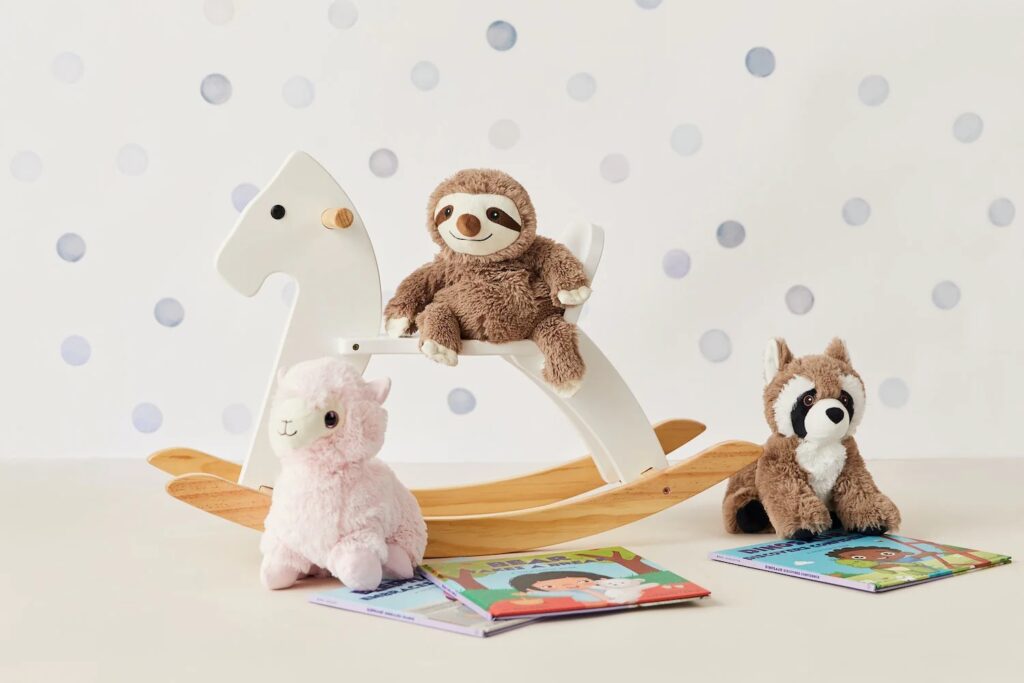
Customization allows brands to tailor anxiety stuffed animals to individual preferences and specific therapeutic goals.
Options include adjustable weight inserts, choice of calming scents, embroidered personalization, and selecting shapes or characters that resonate emotionally with users.
- Weighted Insert Adjustment: Customers can choose the amount of weight to suit personal comfort.
- Scented Inserts: Lavender, chamomile, or unscented options accommodate user sensitivity.
- Personalized Embroidery: Names, logos, or comforting words add emotional connection.
- Character Design: Custom animal shapes or familiar characters increase attachment and engagement.
| Customization Type | Purpose | Client Benefit |
|---|---|---|
| Adjustable weights | Tailor deep pressure level | Enhances individual comfort |
| Aromatherapy inserts | Adds calming scents | Supports relaxation |
| Embroidery | Personalization | Builds emotional bond |
| Custom designs | User identification | Increases appeal |
Offering these options helps brands differentiate and meet varied customer demands in the anxiety relief market.
6.How do manufacturers ensure safety and compliance for anxiety plush products?

Safety is paramount when producing anxiety stuffed animals, especially for children. Manufacturers follow strict standards and testing to ensure compliance.
Producers implement material safety testing, secure weighted bead containment, flame retardancy, and certification to international toy safety regulations like CE and ASTM.
- Material Safety: All fabrics and fillings must be non-toxic, hypoallergenic, and free from harmful chemicals.
- Weighted Bead Security: Double-layer stitching and inner pouches prevent bead leakage, reducing choking hazards.
- Flammability Standards: Products are tested to meet or exceed flammability regulations specific to plush toys.
- Certifications: CE (Europe) and ASTM F963 (USA) certify products meet rigorous safety and quality criteria.
| Safety Aspect | Requirement | Testing/Certification |
|---|---|---|
| Non-toxic materials | Free from lead, phthalates | Lab chemical analysis |
| Secure bead containment | Prevent bead escape | Physical stress tests |
| Flame retardancy | Meets flammability limits | Fire safety testing |
| Certification | Meets international standards | CE, ASTM, ISO |
By ensuring compliance, manufacturers protect users and enhance brand trust in a competitive market.
7.What are the key market trends driving demand for anxiety stuffed animals?
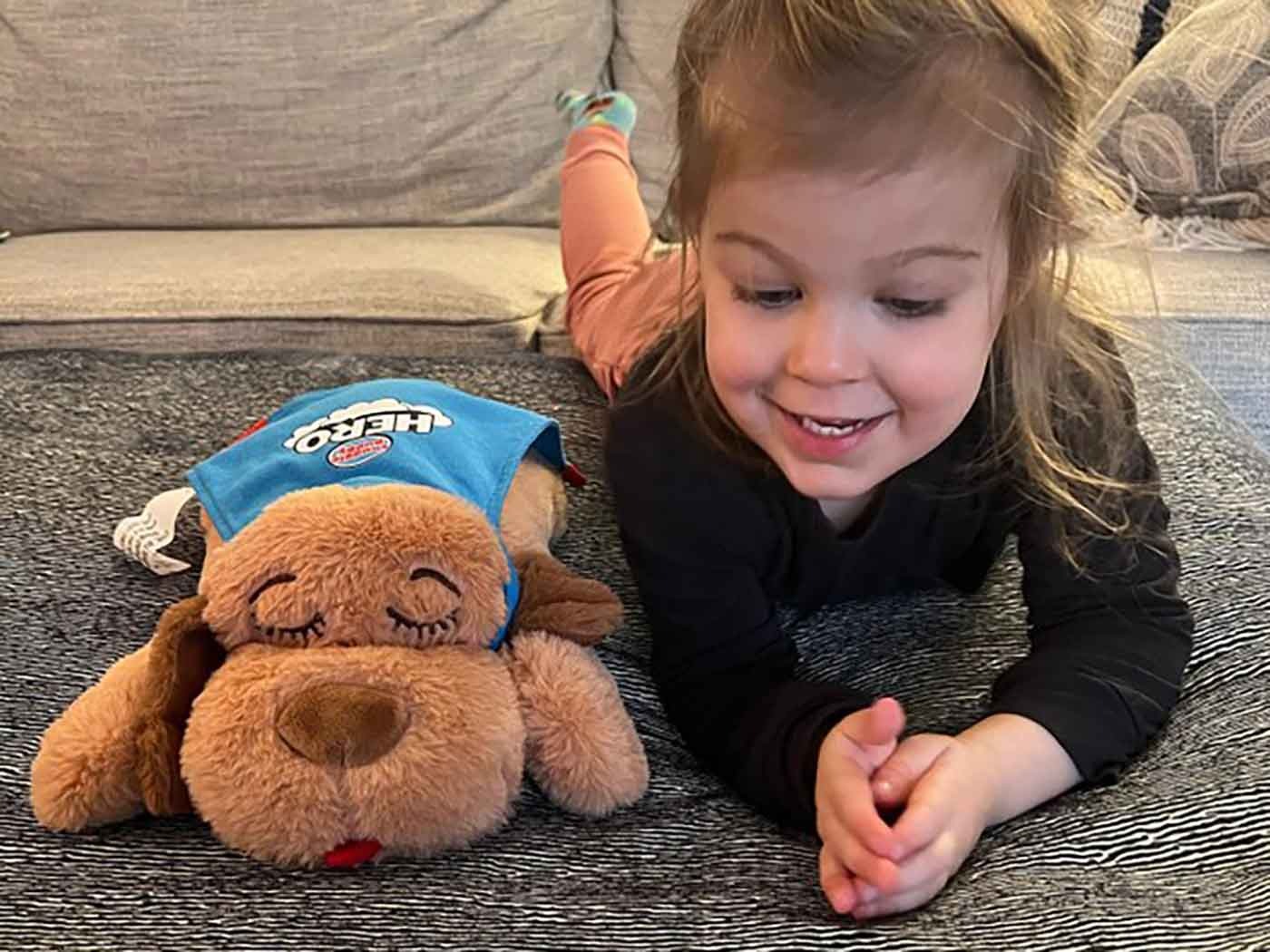
Demand for anxiety stuffed animals has surged due to increased mental health awareness, rising stress levels, and growth in sensory therapy acceptance.
Key trends include rising consumer preference for therapeutic toys, customization demand, and the growing adult plush toy market segment focused on stress relief.
- Mental Health Awareness: More consumers seek non-pharmaceutical tools for anxiety management.
- Therapeutic Toy Popularity: Weighted blankets and plush toys have gained mainstream acceptance.
- Customization and Personalization: Buyers want products tailored to unique emotional needs.
- Adult Market Growth: Stress relief toys for adults expand the potential customer base beyond children.
| Trend | Impact | Market Opportunity |
|---|---|---|
| Mental health focus | Boosts demand for calming toys | New product development |
| Therapeutic acceptance | Broadens target customers | Collaborations with clinics |
| Customization | Drives premium pricing | Differentiated product lines |
| Adult market expansion | Diversifies buyer segments | Marketing beyond kids |
Manufacturers and brands can leverage these trends by innovating and tailoring products to meet evolving consumer expectations.
Conclusion
Anxiety stuffed animals uniquely combine comfort, therapy, and safety, meeting growing global demand for emotional support tools.
If you want to explore our customizable anxiety stuffed animals, feel free to contact me at [email protected] or visit Kinwin Plush Toys.




